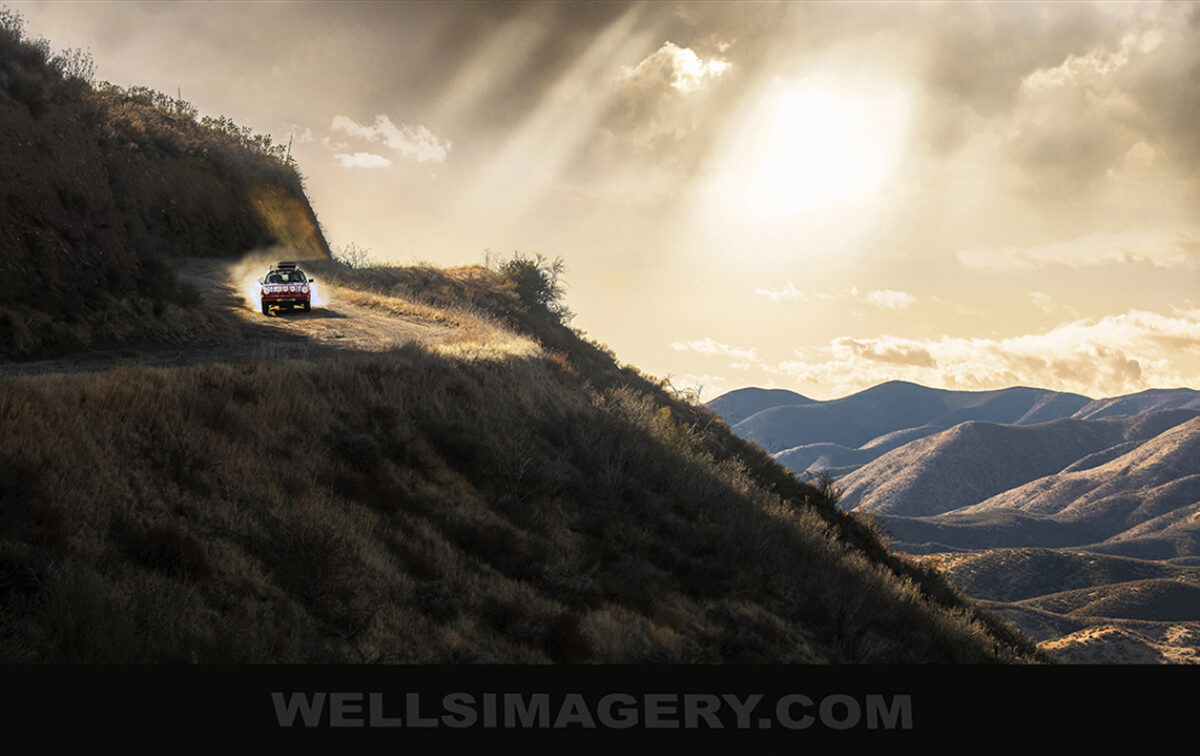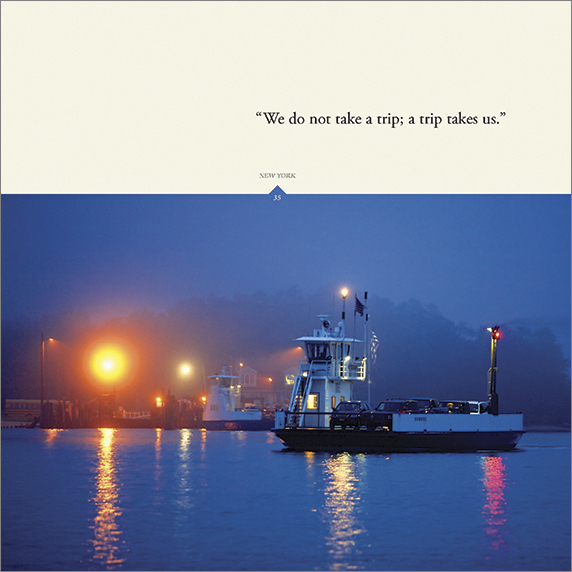STEINBECK’S AMERICA – FROM EAST TO WEST
Reading John Steinbeck’s 1962 book Travels With Charley: In Search of America in 1992 was so amazing to me that I felt compelled to photograph my own journey across America from 1992-1999 on analog film. Here are my notes from the first part of my trip.
For information on how to order my new photo book Steinbeck’s America, contact us HERE.
From East to West
When John Steinbeck left the safe haven of his Sag Harbor home on Long Island in the autumn of 1960 with his French poodle, Charley, he was embarking on a three month journey to rediscover the land he had championed and loved. He drove north to New England in his self-contained camper truck, which he named “Rocinante” after Don Quixote’s horse. There he visited his youngest son in Deerfield, Massachusetts and a literary friend on Maine’s Deer Island. He then turned west in what could be described as a hero’s journey. He had suffered episodes of numb fingers and slurred speech the previous winter, and at age 58 was contemplating his own mortality. With the vastness of a continent before him, he likened his self-appointed mission to the overwhelming task of beginning a new novel. Undeterred, he undertook his last epic road trip with Charley by his side.
Steinbeck’s search for adventure became a humorous expedition tinged with melancholy. A simple border crossing into Canada became a long-running dialogue with a customs official that could make for a short story. Heavy rains scattered fall leaves across the back roads before him as the climate changed. Much had transpired in the twenty-five years since his last cross-country journey, and Steinbeck was committed to rediscovering the speech, smells and colors of America. He made frequent stops at small town cafes, bars and churches to further his impressions. Rewarded for his persistence, he found both good places to camp and hospitable folk to talk with along his northern route.
As his picturesque tale gained momentum, Steinbeck pushed across the Midwest towards the Pacific Ocean. Powerful Niagara Falls, bustling Interstate 90 and Chicago, rich farmlands, the remote Badlands, Custer’s Last Stand, the Great Divide and the wildness of Yellowstone National Park all unfolded before him as Americana stretched out rhythmically beckoning to be tested. Each new experience was traversed and absorbed, and some new discoveries were made. He fell in love with Montana, citing it as a place unaffected by mass media; a place with kind, laid-back, strong-minded individuals.
Environmentally aware before it was politically correct, Steinbeck immersed himself in the beauty of the land. And although he was continually inspired by the natural world, he observed that its resources were being rapidly gobbled up and that a frightening urban decay surrounded metropolitan areas. A deadening malaise seemed to have overwhelmed the population, who had rushed to the large cities hoping for greater affluence only to find wastefulness, smog and congested streets. Local patterns of speech had disappeared with the influence of television, and a pervasive uncertainty of the future seemed to be driven by fear.
By the time he reached Seattle, Steinbeck had discovered that the paradoxical nature of the American character was matched by an amazing sameness. Indeed, he was in danger of feeling alienated from his own country. Fortunately his companion and sounding board, Charley, was always there to listen – and to facilitate his inner dialogue. As autobiographical as Steinbeck ever became, Travels with Charley reveals his courage and faith in navigating the unknown and returning home with a newfound knowledge of his country as it entered less innocent times.
-Randy Wells
Copyright 2024 Randy Wells. All Rights Reserved.

